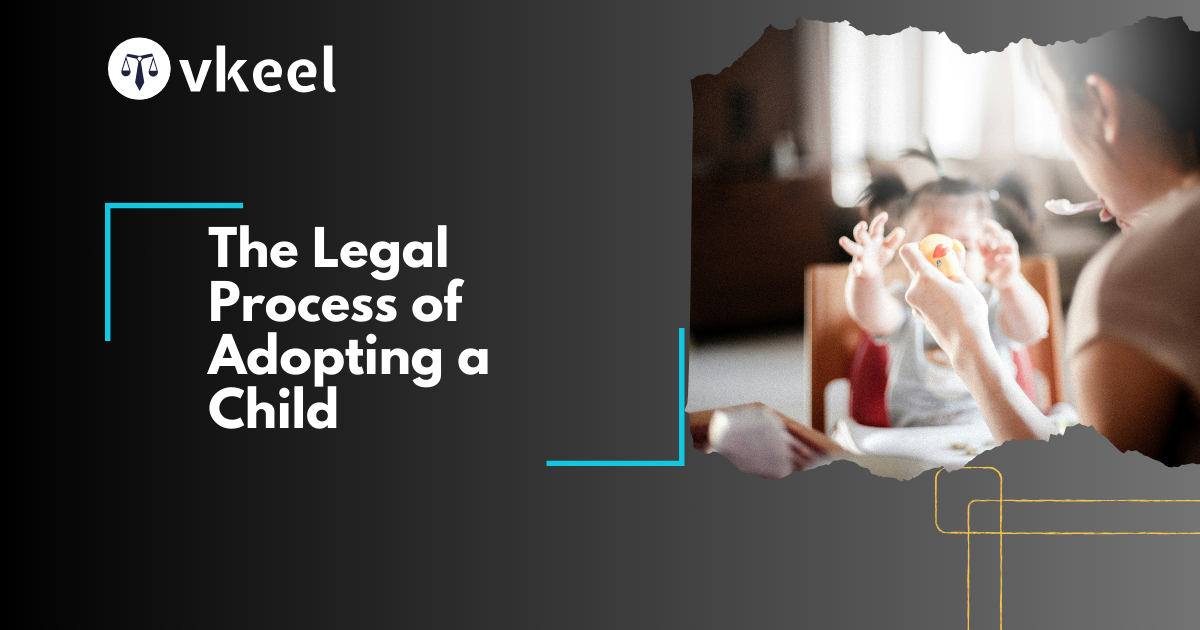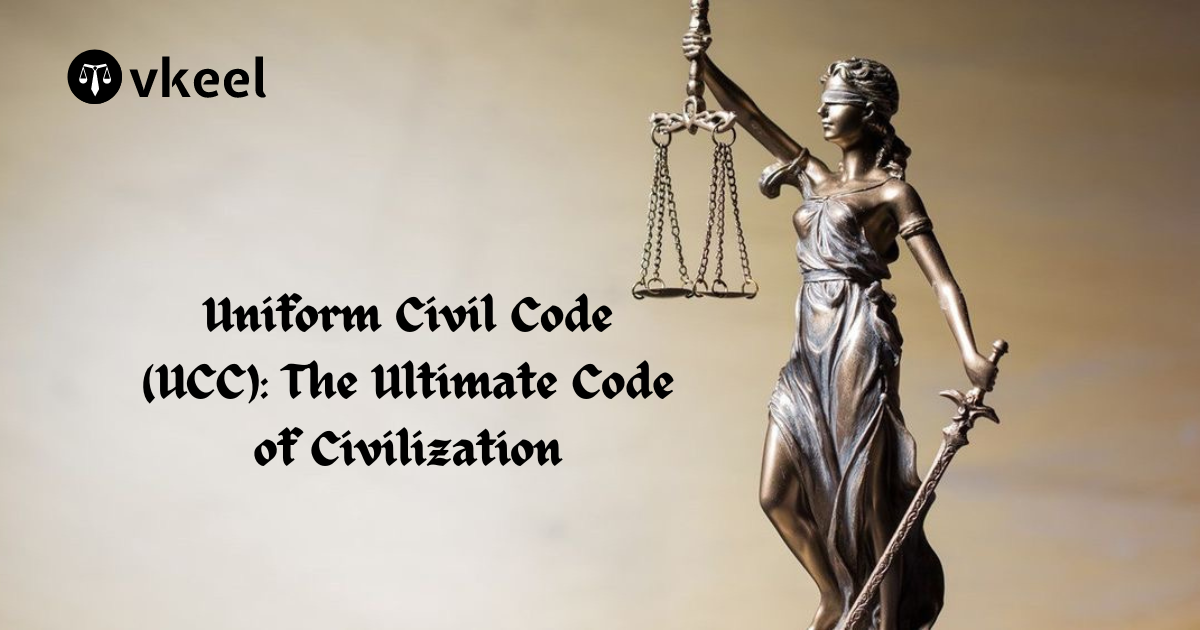The Legal Process of Adopting a Child
By Himanshu Kumar
Table of Contents
Introduction
Adopting a child is a complex and deeply rewarding process that transforms the lives of children and families. The legal framework governing adoption ensures that the child’s best interests are paramount, while also respecting the rights of biological and adoptive parents. This article provides an in-depth look at the legal process of adopting a child, incorporating relevant case laws and amendments that have shaped contemporary
The primary objective of legally adopting a child is to provide a stable, loving, and permanent home for a child who cannot be raised by their biological parents. Adoption ensures that the child’s best interests are prioritized, offering them the opportunity to grow in a nurturing environment where their physical, emotional, and developmental needs are met. The legal process of adoption establishes a permanent parent-child relationship, giving the adoptive parents the same rights and responsibilities as biological parents. This legal bond is crucial for the child’s sense of security, identity, and belonging within a family unit.
Additionally, the adoption process safeguards the rights of all parties involved, including the biological parents, adoptive parents, and the child. By legally terminating the biological parents’ rights and responsibilities, and transferring them to the adoptive parents, the law ensures clarity and stability in the child’s upbringing. Adoption also often involves post-adoption support and follow-up to ensure the child’s well-being, reflecting the overarching goal of providing a safe and supportive environment for the child’s growth and development.
Understanding Adoption
Adoption is a legal process that creates a parent-child relationship between individuals not biologically related. Once an adoption is finalized, the adoptive parents assume all legal rights and responsibilities for the child, just as if they were the child’s biological parents. The child, in turn, gains all the rights and privileges of a biological child within the adoptive family.
Legal Framework Governing Adoption
Federal and State Laws
Adoption laws in the United States are governed by both federal and state statutes. Federal laws set the overarching principles and provide funding and guidelines for state programs, while state laws detail the specific procedures and requirements for adoption within each state.
The Adoption and Safe Families Act (ASFA)
One of the key federal laws impacting adoption is the Adoption and Safe Families Act of 1997 (ASFA). ASFA emphasizes the child’s health and safety as the paramount concern in any child welfare decision. The act mandates that states make timely decisions regarding the permanent placement of children, encouraging adoption when reunification with biological parents is not feasible.
The Indian Child Welfare Act (ICWA)
The Indian Child Welfare Act of 1978 (ICWA) is another critical federal statute. It seeks to preserve Native American families and tribes by establishing standards for the placement of Native American children in foster or adoptive homes. ICWA gives preference to placing Native American children with relatives, members of their tribe, or other Native American families.
The Adoption Process
Step 1: Pre-Adoption Requirements
- Eligibility: Prospective adoptive parents must meet specific eligibility criteria, which vary by state. Common requirements include age, residency, and financial stability.
- Home Study: A home study is a comprehensive assessment conducted by a licensed social worker. It includes background checks, interviews, home inspections, and evaluations of the prospective parents’ ability to care for a child.
Step 2: Termination of Parental Rights
Before a child can be legally adopted, the parental rights of the biological parents must be terminated. This can occur voluntarily, where biological parents consent to the adoption, or involuntarily, where the court terminates parental rights due to abandonment, neglect, abuse, or unfitness.
Case Law: Santosky v. Kramer (1982)
In Santosky v. Kramer, the U.S. Supreme Court held that, before a state can terminate parental rights, it must provide clear and convincing evidence that the parents are unfit. This case established the constitutional standard of proof required in termination proceedings, ensuring that parental rights are not terminated without substantial justification.
Step 3: Adoption Petition
Once parental rights are terminated, the prospective adoptive parents file an adoption petition with the court. This petition includes detailed information about the child, the adoptive parents, and the circumstances leading to the adoption.
Step 4: Court Hearing
The adoption petition leads to a court hearing, where a judge reviews the case. The judge assesses whether the adoption is in the child’s best interests and ensures that all legal requirements are met. If the judge approves the petition, an adoption decree is issued, finalizing the adoption.
Step 5: Post-Adoption Requirements
After the adoption is finalized, adoptive parents must comply with any post-adoption requirements, such as follow-up visits from a social worker or attending parenting classes. These requirements ensure that the child is adjusting well to the new family environment.
Case Laws Influencing Adoption
M.L.B. v. S.L.J. (1996)
In M.L.B. v. S.L.J., the U.S. Supreme Court ruled that states cannot deny indigent parents the right to appeal the termination of parental rights due to their inability to pay court fees. This case underscored the fundamental importance of parental rights and access to justice, regardless of financial status.
Lehr v. Robertson (1983)
Lehr v. Robertson addressed the rights of unwed fathers in adoption proceedings. The Supreme Court held that an unwed father’s due process rights are protected if he has demonstrated a significant paternal relationship with the child. This case highlighted the need for states to provide adequate notice to unwed fathers before proceeding with adoption.
Amendments Impacting Adoption
The Adoption Assistance and Child Welfare Act (AACWA) of 1980
The AACWA aimed to prevent the unnecessary placement of children in foster care and promote permanent placements. It introduced financial incentives for states to facilitate adoptions and required states to make “reasonable efforts” to reunify families before proceeding with adoption.
The Intercountry Adoption Act (IAA) of 2000
The IAA implements the Hague Convention on Protection of Children and Co-operation in Respect of Intercountry Adoption. It establishes safeguards to ensure that intercountry adoptions are conducted in the best interests of the child and to prevent abduction, exploitation, and trafficking.
Recent Developments and Trends
Open Adoption
Open adoption, where the biological and adoptive families maintain some form of contact, has become increasingly common. This arrangement can benefit the child by preserving connections to their biological heritage while still providing a stable adoptive home.
Same-Sex Adoption
Legal recognition of same-sex marriage has led to greater acceptance of same-sex couples as adoptive parents. Many states now explicitly allow same-sex couples to adopt, reflecting broader societal shifts towards inclusivity and equality.
Adoption and Technology
Advancements in technology have impacted the adoption process. Online databases and matching services have made it easier for prospective adoptive parents to find children available for adoption. Additionally, technology facilitates better record-keeping and monitoring, enhancing the efficiency and transparency of adoption proceedings.
Conclusion
The legal process of adopting a child is designed to ensure the best possible outcomes for children and families. While the steps can be lengthy and complex, they are essential for protecting the rights and welfare of all parties involved. Through a combination of federal and state laws, case precedents, and ongoing amendments, the adoption system continues to evolve, reflecting changing societal values and technological advancements. By understanding the legal framework and procedural requirements, prospective adoptive parents can navigate the process with confidence and care, ultimately providing a loving and permanent home for a child in need.
Disclaimer:
The information provided in the article is for general informational purposes only, and is not intended to constitute legal advice or to be relied upon as a substitute for legal advice. Furthermore, any information contained in the article is not guaranteed to be current, complete or accurate. If you require legal advice or representation, you should contact an attorney or law firm directly. We are not responsible for any damages resulting from any reliance on the content of this website.










